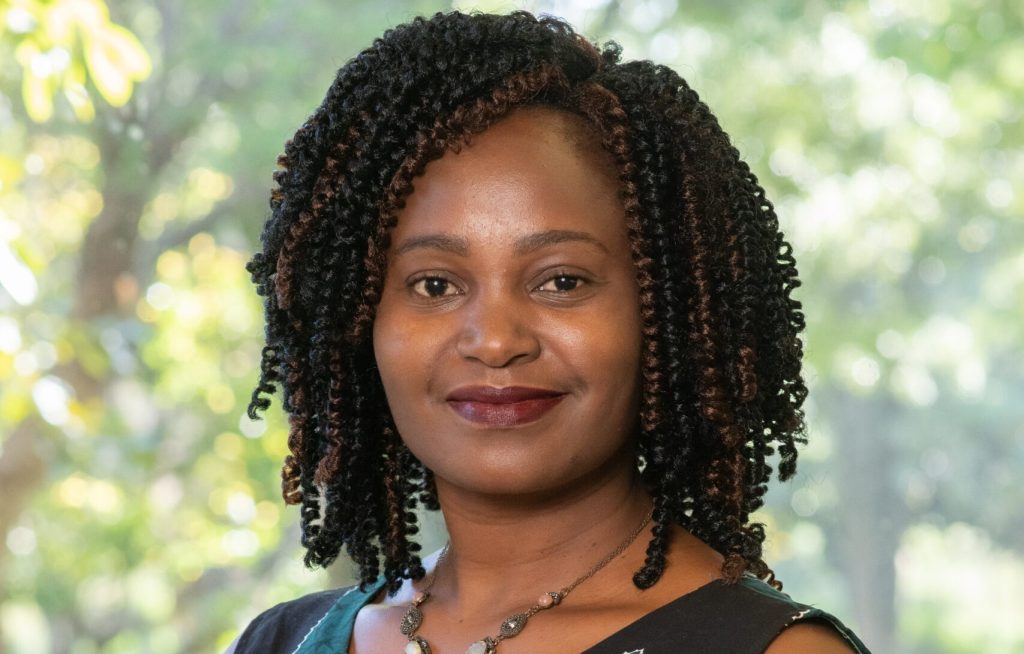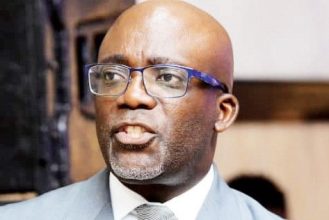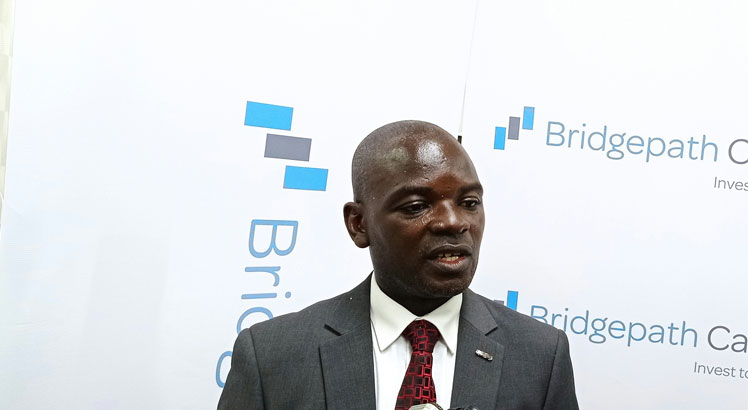Malawi’s persistent scourge of poverty
Since independence in 1964, the Government of Malawi has aligned its development agenda with policies and strategies to improve its socio-economic landscape.
Having implemented the Statement of Development Polices and the Poverty Alleviation Programme, among others, before independence, growth decelerated mainly due to external shocks.

Malawi introduced Vision 2020 in the 2000s whose pillars were good governance, sustainable economic growth and development, vibrant culture, economic infrastructure, social sector development, science and technology-led development, fair and equitable distribution of income and wealth, food security and nutrition and sustainable natural resources and environmental management.
The Vision 2020 was implemented through several medium-term strategies, including the Malawi Poverty Reduction Strategy Paper which guided medium-term development programmes from 2002 to 2005.
It was followed by the Malawi Growth and Development Strategy (MGDS I) which ran from 2006 to 2011, MGDS II (2012-2016) and MGDS III (2017-2022).

However, decades later, the number of people living below the international poverty line of $2.15 (about K3 765) per day in Malawi is more likely to increase as the economy battles climate and external shocks.
Already, the World Bank projects that the poverty projection based on gross domestic product (GDP) per capita growth between 2019 and 2023 shows that the number of people living on less than $2.15 per day increased from 70.1 percent to 72 percent due to, among others, the recurrent climate shocks affecting the agricultural sector.
Where are we getting it wrong?
Scotland-based Malawians economist Velli Nyirongo observes that the solution to ending poverty lies not merely in anti-poverty policies, but in fostering wealth creation for all.
He says by prioritising wealth generation through export-oriented production and embracing modern, scientific approaches and diversifying to other industries, the country can chart a path towards economic prosperity and not just poverty eradication.
Nyirongo says: “To address Malawi’s economic challenges and effectively combat poverty, it is imperative to delve into the fundamental framework of our economic and address the core questions: What should be produced? How should production occur? And for whom is production intended?
“Determining what to produce in Malawi is relatively straightforward, given its predominantly agrarian economy. However, the key challenge lies in the manner of production.”
He says while the country has relied heavily on subsistence farming, with substantial resources allocated towards subsidising this practice, moving forward with fragile global economy, there is need to diversify just from agriculture to technology, serious mining, among others.
Says Nyirongo: “Moving forward, the focus should be on producing for export rather than solely for domestic consumption. Government policies must pivot towards fostering a conducive environment for export-oriented production, steering away from the limited scope of import substitution.”
“To realise the objective of producing for export, competitiveness is paramount. Adopting scientific methods of production and investing in research and innovation are indispensable steps in this direction.”
On her part, Economics Association of Malawi acting president Bertha Bangara-Chikadza observes that while it may not be entirely fair to conclude that the poverty strategies implemented by the Malawi Government have failed to alleviate poverty, their impact on poverty reduction efforts has “indeed” been limited.
She says: “Several factors contribute to this situation. One key factor is the heavy reliance on rain-fed agriculture, which renders households vulnerable to climate shocks such as droughts and floods.
“Additionally, the effectiveness of social safety net programs and poverty alleviation policies face challenges like insufficient funding and poor targeting mechanisms.”
Bangara-Chikadza says the persistent high levels of poverty indicate that more targeted and sustainable interventions are necessary.
“Addressing the root causes of poverty, improving access to education and credit, enhancing agricultural productivity, and building resilience to climate shocks should be prioritised in future poverty alleviation strategies for Malawi,” she says.
The impact on welfare
The Centre for Social Concern (CfSC) observes that poverty is not merely an economic issue, but a symptom of broader systemic injustices that perpetuate inequality and marginalization.
CfSC projects officer Kondwani Hara concedes that poverty thrives in the shadows of corruption, discrimination, and indifference, feeding on the vulnerabilities of the most marginalised and disenfranchised among the citizenry.
He says: “Now more than ever, we must resist the temptation to despair and instead channel our collective energies into action. We must harness the power of solidarity and community resilience to build a future where poverty is not merely alleviated but eradicated, a future where every Malawian can live with dignity, security, and hope.
“This will require courageous investments in education, healthcare, and sustainable livelihoods programs that address the root causes of poverty and empower individuals and communities to thrive.”
In the 2024/25 financial year for instance, Treasury projects to spend 24.42 percent or K1.5 trillion of the K5.978 trillion total government expenditure on debt service while 35.1 percent or K2.1 trillion will be spent on education, health and agriculture.
The budget has also allocated K232 billion specifically to social protection, a rise from the 2023/24 K123 billion allocation.
However, although the allocation is far above the 2023/24 29.3 percent Malawi Government’s combined allocation to social sectors, the allocations fall short of internationally recommended standards.
According to the Malawi Economic Justice Network, at 14.7 percent, the average share of education expenditure to the national budget has is lower than the international benchmark of 20 percent while the health sector allocation falls short of the 15 percent Abuja Declaration.
On the other hand, social protection spending is still below the region’s average.
What it means to an ordinally Malawian
For 48-year Thyolo-based Roda Makawa, she can only hope things would get better as the government still strives to attain an inclusively wealthy and self-reliant nation.
She says: “I have been there. Living in the village has not gotten any better because we lag in almost everything.
“Talk of service provision and economic opportunities; we get better ones in town. But even there, working as a maid at one time did not help matters; it only put on hold my efforts to get better as the money was not even enough to sustain operations at home.”
As a consequence, Makawa says, her two children have dropped out of school and were forced into an early marriage to escape poverty, only for their situations to worsen.
Recognising government’s efforts
Malawi aims to create a better and sustainable future for all through the successful implementation of the Malawi 2063, the successor strategy of the Vision 2020.
The long-term development strategy, being coordinated by the National Planning Commission (NPC), provides an inclusive development path to be achieved through strategic transformative initiatives.
Government hopes that these initiatives will transform the economy into an industrialised upper-middle income country.
To achieve this objective, a 10-year periodic road map is being implemented over the next 40 years.
The first is the 10-year Malawi Implementation Plan (MIP-1), with two key milestones: to raise the country’s income status to lower-middle income by 2030, and to meet most of the Sustainable Development Goals (SDGs) whose end-line target is 2030.
The strategy entails a focus that the government anticipates will not only make the economy productive but recognises the social sectors as vehicles for inclusive wealth creation.
NPC public relations and communications manager Thom Khanje says regardless of the shocks, Malawi could still achieve its 2030 targets of graduating to a middle-income economy and achieving most of the United Nations SDGs.
He says: “Shocks, climate or otherwise, will continue to hit us as a country, just like other nations around the world.
“But that shouldn’t stop us from achieving our development targets.”





